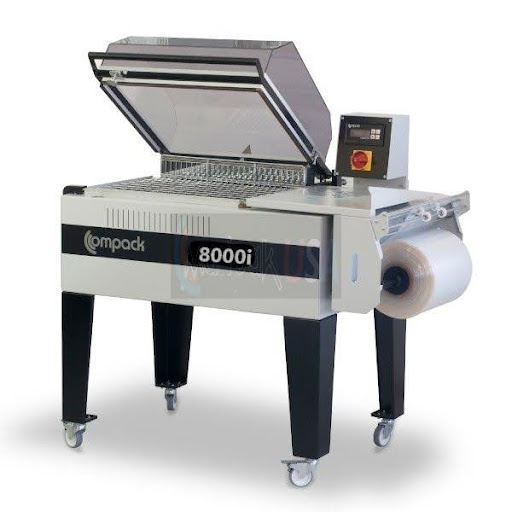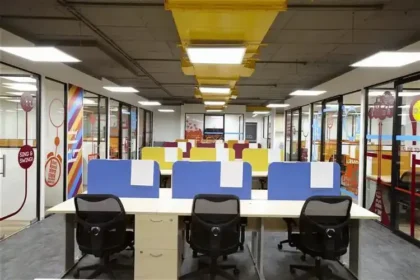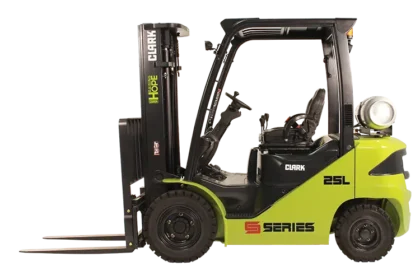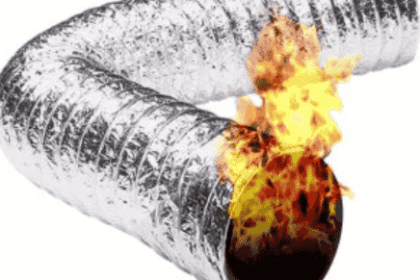
In today’s competitive manufacturing and packaging industry, efficiency, precision, and cost-effectiveness are paramount. Shrink packing is a widely used method for packaging products, providing a neat, secure, and professional finish. Businesses often face a choice between using an automatic shrink packing machine or opting for manual packing. Understanding the differences, advantages, and limitations of each method is essential for selecting the right solution for your operations.
Understanding Shrink Packing
Shrink packing involves wrapping products in a shrinkable film, which is then heated to form a tight, protective layer around the item. This method is commonly used for packaging food products, beverages, consumer goods, and industrial items. The tight seal not only enhances the product’s presentation but also protects it from dust, moisture, and damage during transportation and storage.
Advantages of Automatic Shrink Packing Machines
Increased Efficiency and Productivity
Automatic shrink packing machines significantly boost productivity by handling high volumes of products quickly and consistently. Unlike manual packing, which relies on human labor and can be time-consuming, automatic machines can process dozens or even hundreds of packages per hour, making them ideal for large-scale production.
Consistency and Precision
One of the main benefits of automation is consistency. Automatic machines apply the shrink film uniformly, ensuring that every package meets the same standard of quality. This reduces the risk of errors, such as uneven sealing, wrinkles, or incomplete coverage, which can occur with manual packing.
Reduced Labor Costs
While the initial investment in an automatic shrink packing machine can be high, it reduces long-term labor costs. A single operator can manage multiple machines, allowing businesses to allocate labor resources more efficiently. This can be particularly beneficial for companies dealing with high production volumes.
Enhanced Product Protection
Automatic shrink packing machines often come with precise temperature and timing controls, which ensure that the shrink film adheres perfectly without overheating or damaging the product. This results in stronger seals and better overall product protection during storage and transport.
Versatility and Customization
Modern automatic machines are designed to handle a variety of product shapes and sizes. Many machines offer programmable settings, allowing operators to switch between different packaging formats quickly. This versatility is ideal for businesses that package multiple product types or require frequent production adjustments.
Benefits of Manual Packing
Lower Initial Investment
Manual shrink packing requires minimal machinery, often just a heat gun or shrink tunnel and basic tools. This makes it an attractive option for small businesses or startups that cannot afford the upfront cost of automatic equipment.
Flexibility for Small Batches
For businesses that deal with limited production runs or custom packaging orders, manual packing provides flexibility. Operators can handle unique product shapes and sizes without needing complex programming or machine adjustments.
Hands-On Quality Control
Manual packing allows operators to inspect and handle each product individually. This hands-on approach ensures attention to detail and can be beneficial for delicate or irregularly shaped items that may not work well with automatic machines.
Easy Maintenance
Manual packing equipment is generally simpler and easier to maintain than automatic machines. Repairs and replacements are typically less expensive, and there is minimal risk of downtime due to complex mechanical or electrical issues.
Considerations Before Choosing
Production Volume
The first consideration when choosing between automatic and manual shrink packing is production volume. High-volume operations benefit from the speed and consistency of automatic machines, while small-scale operations may find manual packing sufficient.
Budget Constraints
While automatic machines provide long-term cost savings through reduced labor and increased efficiency, the initial investment can be substantial. Businesses with limited budgets may prefer manual packing until production scales justify automation.
Product Type and Complexity
The size, shape, and fragility of the products being packaged are critical factors. Automatic machines are ideal for standard-sized items, whereas manual packing can accommodate irregular shapes and sensitive products that require careful handling.
Workforce Availability
Automatic machines reduce dependence on a large workforce, but they require trained operators for setup and maintenance. Manual packing, while labor-intensive, can utilize existing staff without specialized training.
Conclusion
By carefully evaluating these factors, businesses can make an informed decision that optimizes efficiency, reduces costs, and ensures high-quality packaging. Whether you opt for automation or manual methods, understanding the strengths and limitations of each approach is key to maintaining a smooth and effective shrink packing process.
For companies looking to maximize productivity and achieve consistent results, investing in a reliable semi automatic l sealer machine can be a game-changer. With the right equipment, businesses can streamline operations, protect their products, and stay competitive in today’s fast-paced manufacturing and packaging industry.




